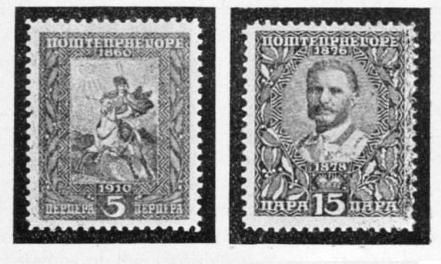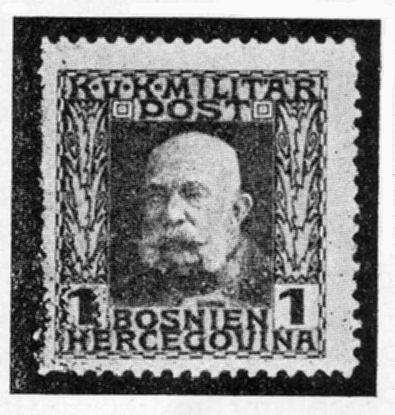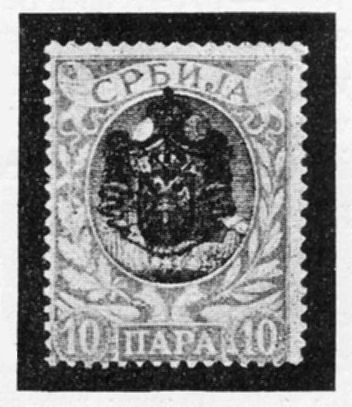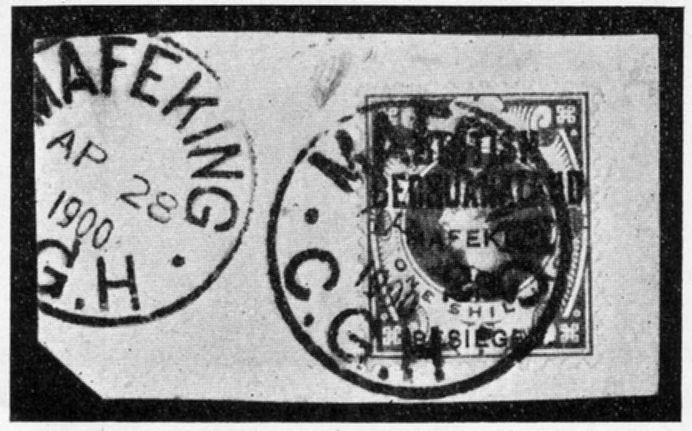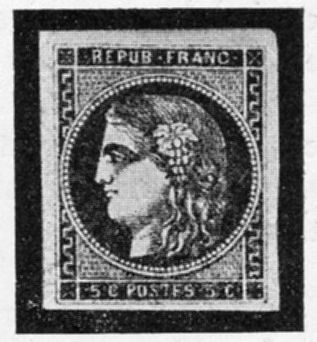
The 'Downey Head' issues of King George V offer many hours of analysis for collectors.
After a consultation with the President of the Royal Academy, invitations were sent out to different designers to enter a competition to design a new stamp honouring King George V. Artists from De La Rue, Perkins/Bacon, Waterlow and The Royal Mint submitted essays, but it was the joint effort of Mr.Bertram Mackennal and Mr. G.W. Eve that ended up winning final approval. This design was based on a photograph of King George V taken by W.&D. Downey, the court photographers, and was unique because of the 3/4 profile used.






